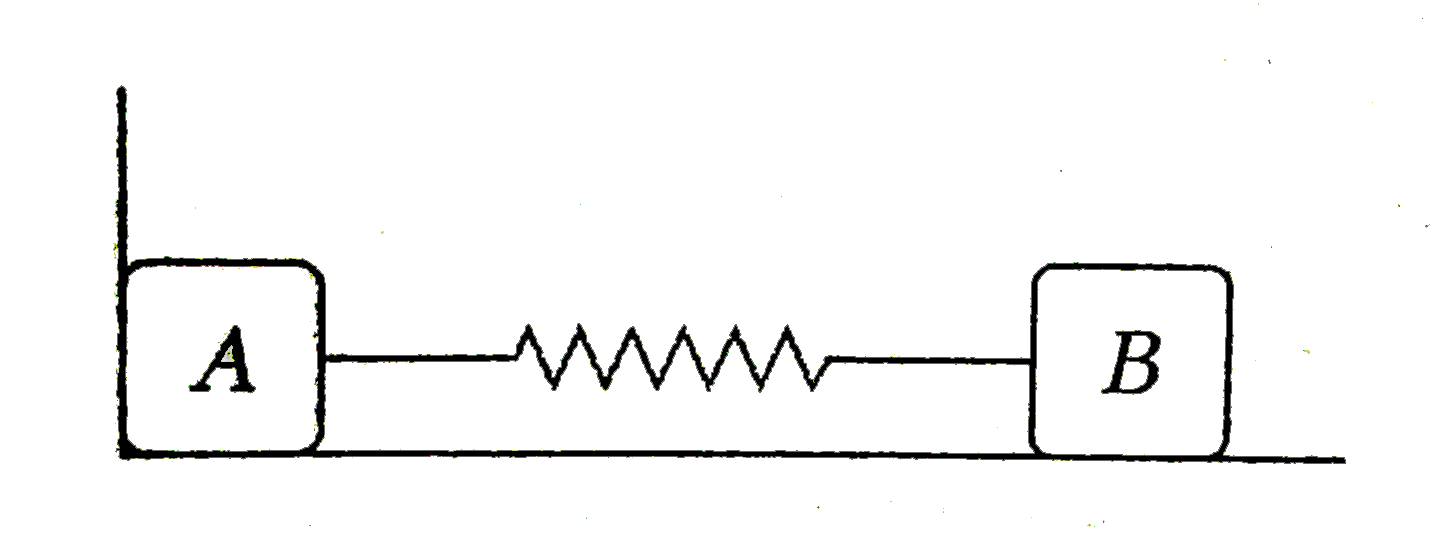A
B
C
D
Text Solution
Verified by Experts
The correct Answer is:
|
Topper's Solved these Questions
CENTRE OF MASS
DC PANDEY|Exercise Match the coloumns|9 VideosView PlaylistCENTRE OF MASS
DC PANDEY|Exercise Medical entrances gallery|27 VideosView PlaylistCENTRE OF MASS
DC PANDEY|Exercise Taking it together|73 VideosView PlaylistCALORIMETRY AND HEAT TRANSFER
DC PANDEY|Exercise Medical entrance s gallery|38 VideosView PlaylistCENTRE OF MASS, IMPULSE AND MOMENTUM
DC PANDEY|Exercise Comprehension type questions|15 VideosView Playlist
Similar Questions
Explore conceptually related problems
Knowledge Check
A
B
C
D
Submit
A
B
C
D
Submit
A
B
C
D
Submit
Similar Questions
Explore conceptually related problems
DC PANDEY-CENTRE OF MASS-Assertion and reason
- These questions consists of two statements each printed as Assertion a...
Text Solution
|
Play - Assertion: A given force applied in turn to a number of different mass...
03:24
|
Play - Assertion: In inelastic collision, linear momentum of system does not ...
02:11
|
Play - Assertion: Two spherical bodies of mass ratio 1:2 travel towards each ...
02:43
|
Play - Assertion: Center of mass and center of gravity of a body will coincid...
02:00
|
Play - Assertion: A projectile gets exploded at its highest point. All the pi...
01:36
|
Play - Assertion: If a projectile explodes in mid air, linear momentum of cen...
Text Solution
|
Play - Assertion: When a body dropped from a height explodes in mid air, its ...
02:15
|
Play - Assertion: The centre mass of an electron and proton, when released mo...
02:05
|
Play - Assertion: The relative velocity of the two particles in head-on elast...
04:10
|
Play - Assertion: If net force on a system is zero, then momentum of every in...
03:08
|
Play - Assertion: If a projectile explodes in mid air, then no external force...
01:15
|
Play - Assertion: Two bodies moving in opposite directions with same magnitud...
02:34
|
Play - Assertion: A body is thrown with a velocity u inclined to the horizont...
01:48
|
Play - Assertion : A moving ball having an inelastic collison withh another m...
02:14
|
Play - Assertion: A rocket launched vertically upward explodes at the highest...
02:09
|
Play - Assertion: Two blocks A and B are connected at the two ends of an idea...
01:43
|
Playing Now - Assertion: In the figure shown, linear momentum of system (of blocks A...
02:10
|
Play - Assertion: Two blocks of masses m(A) and m(B) (gtm(A) are thrown towar...
03:40
|
Play - Assertion: Two identical spherical spheres are half filled with two l...
02:36
|
Play
